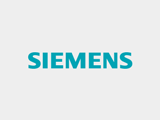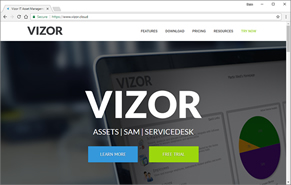You are here :
- Home
- Technical Information
By Colin Bartram, Director of Technology, Vector Networks (Page 1 of 4)
The Role of Reports in Vector HelpDesk and Issue Tracker
For many potential customers, the emphasis of an evaluation of our HelpDesk or general Issue Tracker engine is usually on the workflow, email integration, issue escalation and audit trail capabilities. Reporting is on the list, but more as a tick-box item than as a key factor in choosing the right help desk or service desk solution. These notes are offered to help redress that balance, and ensure reporting gets recognized as of high importance in both a basic help desk and a more advanced service desk installation.
Basic help desk and service desk metrics
If reporting capabilities have been highlighted by a potential customer, the focus is often on recording the mechanical effectiveness of the support group; this is measured as performance against workflow-related targets such as average response times and first call resolution percentages. We detail some of these later. Because there are so many, it is useful to isolate one or two which can be put forward as Key Performance Indicators (KPIs). Average time to resolution is a popular KPI, but any averaged figure can mask extremes in individual cases. Percentage of issues fixed on first call is another popular KPI but can lead to inefficiencies if a call is kept open way too long for the sake of scoring a ‘first call’ success.
Linking support desk to the organization's performance
In addition to these valid but rather inward-looking indicators, there is scope to relate issue resolution histories more closely to the day to day realities and priorities of the business. Graphs are fine for the quarterly report, especially if they are trending in the right direction, but news of how the support team rescued a user and their project from the brink of disaster makes for much more effective communication with the rest of management, and helps highlight the support function as a real contributor to business success, rather than just an expensive overhead. Service Level Agreements with categories of response tailored to departments and even to individual end users, with close monitoring of performance, can be a great mechanism in this regard, and we'll look at our SLA management and reporting in more detail below.
Charge-back
Throughout the HelpDesk and Issue Tracker reporting, export via standard formats such as Excel® spreadsheet and PDF ensure the information can be shared with stakeholders across the organization. In particular, times spent on resolving issues can be charged back to the user departments concerned; this helps focus attention at department level on providing adequate user training in the use of IT resources.
Next page: ITIL concepts of Incident and Problem Management »













